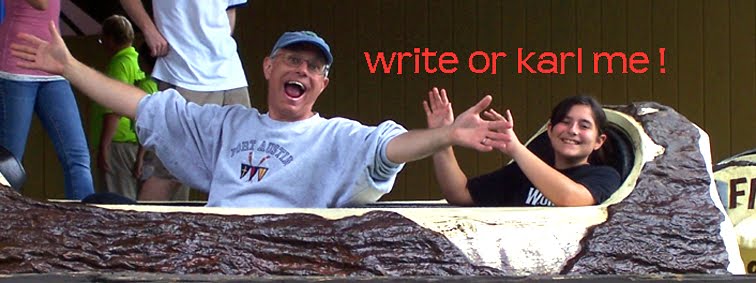 The transition to digital television has come and gone and the results are in. When it works, it works well-providing ghost and noise free pictures with an enormous full gamut of colors. The key phrase: ‘When it works.’ It simply doesn’t.
The transition to digital television has come and gone and the results are in. When it works, it works well-providing ghost and noise free pictures with an enormous full gamut of colors. The key phrase: ‘When it works.’ It simply doesn’t.
Over-the-air TV is used by three groups of viewers: People in cities without pay TV, people in rural areas beyond the reach of pay TV and a few people in suburbia who don’t want to pay for pay TV. I recently visited rural Michigan and the comments were universal wherever I went: ‘Why did they turn off TV?’ Digital TV actually means no TV to many, many viewers.
My family’s home in mid-Michigan is about 75 miles from the closest TV broadcaster. Previous to the transition we could see quite a few channels with varying degrees of snow and continuity. Because of our great distance from the origins of these analog broadcasts, weather and ionospheric conditions could change our reception wildly. Regardless of reception conditions, you could always see something. America has now turned off its analog broadcasts. One of Canada’s two major networks, CTV, has recently dropped its analog TV broadcasting from many outlying regions of Ontario. All that remains, in my area of mid-Michigan, are three distant channels all carrying Canada’s other TV network CBC.
If you took the advice of broadcasters and bought a converter box or new digital TV you would be heading for the return counter. My top-of-the-line Zenith DTT901 converter not only did not work in mid-Michigan, it did not see any signals at all. Not one. Zero. The televisions in local bars, restaurants, hardware stores and the bakery were all turned off. The hair salon was OK. They had switched to DirecTV long ago.
At home, I live about 45 miles from broadcast central: Manhattan’s Empire State Building. Only with a sophisticated outdoor antenna combined with a pre-amp can I bring in passable signals most of the time. My trusty VHF-UHF log periodic attic antenna, which has served me well for 40 years, is now inadequate and obsolete. Digital TV doesn’t seem like a one-for-one replacement for analog. Only under optimal conditions do we see digital anything. Informal viewing using portable receivers, or battery powered TV during blackouts, is now impossible. TV sound radios are now silent, as well. What have we gained here?
Digital radio is not much better. HD Radio receivers, seeking digital radio signals, also require a solid signal to work properly. This is hard to achieve especially in moving cars or anywhere electrical noise is present (nearly everywhere!) Few receivers are available. Only one portable HD Radio has been offered, its reviews are marginal, and it only receives FM. Years after its introduction, HD Radio has stalled and its sails forever luff. Thank goodness analog radio broadcasts have not been turned off, as well! HD Radio is actually a full step backward. The ‘compatible digital’ signals broadcast create great havoc with their analog mates and reduce reception coverage especially on AM.
Professional two-way radios also suffer from digital deterioration. New York City’s police and fire departments wrestled with digital handi-talkie radios for years. It was the same old story. When they worked, they were perfectly clear (when they worked.) If the H-T’s signal faded or otherwise became corrupted nothing would be heard at the receiving end. This can really ruin your day if your life depends on solid communication. We could also talk for years about the sonic difference between vinyl records and CDs (and ultra-compressed iPods.) The only instance of digital success may be the improvement of DVDs and DVRs over analog VHS tapes!
Should we abandon digital transmission? Not quite yet. We must remember that we are still in the infancy of the development of these mediums. Some recent improvements are especially encouraging. Verizon’s V-Cast TV broadcasts, locally transmitted on former television channel 55, seem to lock with consistency while being viewed with handy hand-held devices. The British have refined their digital radio broadcasts achieving reasonable nationwide acceptance. Using fully-wired delivery, digital is hard to beat. Former shortwave enthusiasts delight in the crystal clear fidelity of Internet radio.
Broadcasters should resign themselves to digital’s over-the-air shortcomings. It is very hard to compete with the incredibly robust nature of good old AM radio or analog NTSC TV. Noisy or not, analog gets the message through the most difficult situations. How I miss the good old days! Change is never easy! Bring back my old TV!

No comments:
Post a Comment